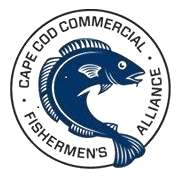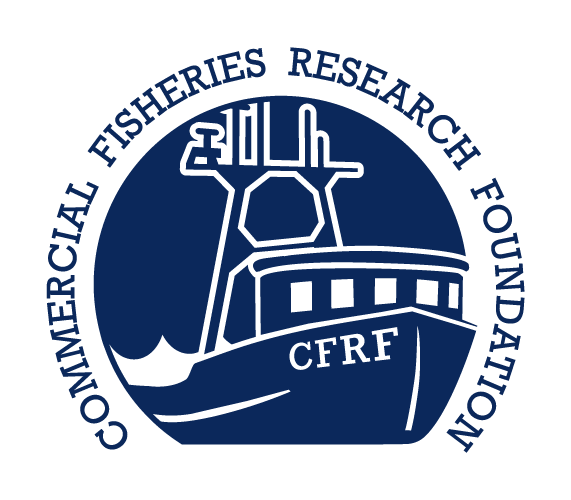In-Situ Profiles
All profiles served on this dashboard are collected through partnership with the commercial fishing industry throughout the Northeastern United States. CTD profiles are collected by CCCFA and CFRF vessels while eMOLT temperature profiles are collected by over 150 different fishing vessels across the Northeast Shelf. CTD profiles are processed by the CFRF team and made available via their ERDDAP server. in real time. This dashboard uses the 1-meter binned CTD profiles (distinct salinity, temperature, and density values at 1-meter intervals), but complete, continuous CTD profiles are also available through ERDDAP. The eMOLT profiles are processed and made accessible by the Gulf of Maine Lobster Foundation and served via their ERDDAP page.
FIShBOT
FIShBOT (Fishing Industry Shared Bottom Oceanographic Timeseries) is a real-time dataset co-developed by CFRF and NOAA which aggregates regional bottom observations into gridded daily averages. Ocean observations from programs including NOAA Study Fleet, eMOLT, CFRF, and ECOMON are aggregated into this product which is accessible via the CFRF ERDDAP server. Historic static versions of FIShBOT are available on the archive dataset.
Satellite Data
Our dashboard uses multiple satellite datasets for different purposes. New data are downloaded nightly and imagery is automatically generated for visualization.
- 🌊 VIIRS SST: This SST dataset is Sourced from NOAA's VIIRS satellite. The dataset is used on the dashboard to generate the primary SST layer (non-gapfilled). The dataset is a 3-day rolling mean and is of substantially higher resolution than the gapfilled product. Because of the higher resolution, cloud cover can cause blind spots. The dataset displayed is accessible here: VIIRS SST data.
- 🌡️ OSTIA SST: We use the OSTIA SST dataset to offer gapfilled and anomaly layers on the map. We also use this dataset to generate the monthly average SST and anomaly plots on the Monthly Summaries page. This dataset is made available through the Copernicus Marine Service.
- 🧂 SMAP SSS: Used for monthly averages and map visualization. Provided by NASA's SMAP mission. Our visualization uses an 8-day rolling mean. More details can be found here: SSS data.
- 🌿 GlobColour: A chlorophyll-a concentration dataset used for monthly averages and map visualization. Sourced from the Copernicus GlobColour processor. Dataset description and download instructions are available here. This is a daily product rather than a multi-day mean, so it is often impacted by cloud cover.




